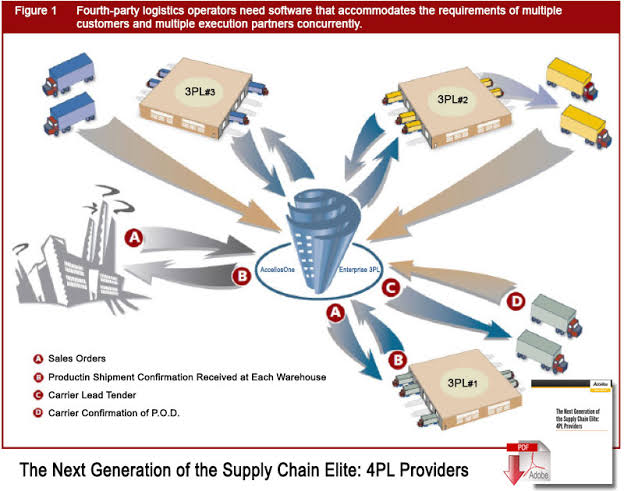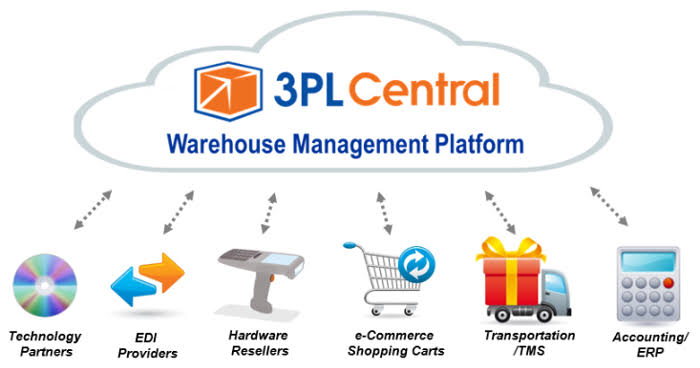WHAT MORE DISRUPTIONS WILL 3PLs SEE IN 2022?
After a couple of turbulent years in the cold supply chain, 3PLs plan for a continued rocky 2022 (by: Brielle Jaekel, GCCA News)
Reefer transportation sees continued change throughout the past few years.
At year’s end of 2020, many reflected on what a turbulent year it was and were shocked to see this kind of unrest continue throughout 2021, especially in the supply chains. As 2021 comes to an end, we look to 2022 and wonder what else could possibly happen?
FOR THE COLD CHAIN, A LOT
The most beneficial change that happened throughout this past year is the growth of the cold transportation sector. This growth is certain to continue into the next year. According to president of the Americas at FarEye, Paul Greifenberger, the cold chain market is expected to grow annually at 6% and surpass $250 billion worldwide. Ninety percent of third-party logistics (3PLs) plan to grow cold chain capabilities and service offerings.
In congruent with this growth, mergers and acquisitions are rampant throughout the supply chain and will continue into 2022 as the cold chain itself increases. In this past year, Lineage Logistics acquired the Netherlands’ Kloosterboer for global expansion; Ryder Logistics bought Midwest Warehouse Distribution; Hub Group took over Choptank Transport and numerous other organizational movements took place, according to Chris Peckham, VP of operations at FreightPlus.
These type of mergers and acquisitions activity will only heighten in 2022 as companies look to expand their footprints, take advantage of competitive sectors and overcome the labor shortage.
TYPES OF TECHNOLOGY INVESTMENT
The increase in demand and the labor shortage not only pushes 3PLs toward acquisitions, but also to technology investment. Companies now look to demand planning and predictive technology to help overcome challenges on the road and in the warehouse, as the past two years we’ve seen one surprise challenge after another.
“As seen in other modes such as van, flatbed and LTL (less than load), there is movement by carriers, shippers and customers toward developing and building upon their technology stack to help predict and improve response to industry challenges,” says Tim Tran, VP, systems and technology for JLE Industries. “For example, blown-out tires; technology is used to gather data from the driver, shipper, route and road conditions to provide understanding of the life estimate of the tire and by so doing, predict when the tire is likely to blow out. Especially with refrigerated shipments, the last thing anyone wants is a blown tire, especially in warmer climates.”
3PLs that operate in the cold chain also look to other forms of technology such as sensors connected to the Internet of Things (IoT) and visibility solutions that help track real-time temperature data to prevent food waste, heighten safety and remain compliant with regulations. And of course, these technologies also help drive sustainability initiatives that many 3PLs now lean towards.
There’s also a push for any form of workflow optimization to overcome the labor shortage and other disruptions to maintain homeostasis in the supply chain.
“Many of the supply chain issues faced by 3PL companies today aren’t going away any time soon; for example, the chip shortage is widely predicted to last at least throughout 2022,” says Tran. “The primary pitfall we’re seeing is not acknowledging that the current supply chain landscape is what is needed to be worked with for the foreseeable future. Companies operating in cold 3PL and across the global supply chain need to optimize what they have now; essentially, learn how to do more with less. To achieve this goal, an investment in technology is vital, particularly in automation of workflow and other processes that increase efficiencies and in the case of transportation, incentivize driver retention and recruitment.”
CONSTANT FLOW OF CHANGE
The disruption in the cold chain is significant, almost as if we’re dealing with a new industry. So much of the entire supply chain changed in just two short years, and the shifting tides are not over. The changes occur throughout every aspect of the supply chain, like in financial aspects, warehousing, transportation and more.
“I think the only thing that hasn’t changed in the past year is the color of the ocean, although that’s debatable given the recent oil spill in Southern California,” says Peckham. “Inflationary pressures are certainly on everyone’s radar as the input costs continue to rise. Production output from a manufacturing standpoint is lagging due to COVID-related issues from both a labor and input standpoint. Transportation costs across all modes have skyrocketed, and although some of the large volume shippers are not paying costs we see in the greater market, they are still paying significantly more than what they were prior to COVID. Warehousing space is at a premium right now–especially in the cold storage space.”
Private equity (PE) and venture capital money in the supply chain space increases as well, adds Peckham, with a new record almost every month of PE money. This time of equity is expected to increase into 2022.
PROBLMES WITH LABOR
While equity might increase into the supply chain, which is a positive, the driver and labor shortage is also expected to grow; a major negative.
Greifenberger says that 40% of cold chain shippers cite labor as the most significant problem in their organizations. The driver shortage is only expected to get worse in 2022. 3PLs need to investigate ways of driving driver efficiency like using technology, but also looking into a gamification method of operation. The more incentive a driver has for being productive, the more they will likely be productive. He also says that companies should assign drivers to routes with high neighborhood driver affinity, increasing job satisfaction for the employee. And, quick and accurate payment for gig drivers also offers a reason for drivers to keep coming back.
However, the steps companies take to combat the driver shortage need to be more than just compensation based. Retention is an important part of combatting the shortage, in addition to recruitment. However, Tran explains that increased pay is not an effective long-term solution for retention. Company culture is an important part of employee satisfaction. There are also steps companies can take during recruitment that is beneficial for retention in the long-term.
“On the recruitment side, our driver applications are designed to provide us with data that enables us to match characteristics of individual applicants to our current professional drivers, giving us insight into whether the applicants will be good long-term fits for our company culture,” Trans adds. “Our outstanding retention rates are driven by our commitment to providing our drivers with consistent matching of their needs – for example, getting them home on time, every time – and career goals.”
Large trucking companies now see a turnover rate of about 90%, according to Peckham, and driving schools are behind due to COVID-19 issues, causing a lag in new drivers. Add that to many vaccine mandates currently polarizing the country, and the driver shortage is likely to rage on in 2022.
Some believe that the driver age should be lowered to 18, creating a greater pool of potential drivers, adds Peckham. Many companies look to recruit more female drivers, adding to the pool, since the industry is only made up of 8% women today.
Another potential benefit is the infrastructure bill, which could potentially correct the declining state of the country’s bridges and roads, pushing driver optimization.
While these issues will be a continuous presence throughout the next year, some say that regulatory compliance will be the most important factor for the cold chain.
“We estimate that regulatory compliance, chain of custody issues and traceability will be the largest barriers for cold chain logistics companies next year,” says Greifenberger. “However, supply chain visibility technology allows companies to overcome these barriers and maintain a clear chain of custody as well as temperature monitoring to ensure the safety and shelf life of food and grocery products. This will help shippers comply with regulatory requirements, such as the Food Safety Modernization Act, and government-mandated record keeping. Visibility offers a magic bullet to untangle all of these issues.”
Another important insight is that the pricing power will lie with the shipping company, as demand and bottlenecks continue to squeeze the industry. Many shippers will refuse challenging shipments because they can. Since demand is so high, the need for clients is low.
“If you are a shipper who is delivering to some challenging locations, you will see carriers back away from that type of freight,” says Peckham. “Every carrier is assessing their networks and have the leverage and ability to ‘pick and choose’ what freight they want to haul. If they see their equipment being tied up, or the deliveries aren’t smooth, it’s almost a guarantee that shippers will see a minimum of price increases or a complete refusal from carriers to haul this freight.”
Technology, a labor shortage, countless supply chain disruptions, mergers and acquisitions, compliance and more will be top of mind for cold chain 3PLs in 2022. Change will continue at a rapid speed and the industry may look even more different at this time next year.


